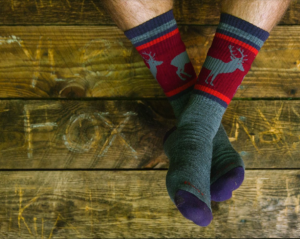 Let it snow, let it snow, let it snow. After all, we do live in the Northeast where winter means snow, ice, and cold weather. But, does it mean you will be miserable if you have to sell your house before April?
Let it snow, let it snow, let it snow. After all, we do live in the Northeast where winter means snow, ice, and cold weather. But, does it mean you will be miserable if you have to sell your house before April?
There’s a reason that most sellers wait until spring to put their houses on the market. Most sellers would rather not deal with salting and sanding walkways, plowing driveways, and gathering kids, dogs, boots, shoes, and mittens, to leave a warm, cozy house to accommodate a showing. Should you wait until the snow melts?
What if you have to sell? Don’t bother jumping online and googling “selling house in winter” or “should I wait until spring to sell my house” instead, follow our 3 steps:
You Need our “Winter Selling Strategy.” We both love the cold and snow. Get out a calendar and strategize with us. We know the ideal times to put your house on the market in any month.
Identify your goals and we will get it done. Need to be in another house by March? We will outline the process to get you there.
Don’t worry about winter showings. Because we list and sell houses in all types of weather we will share our tools, tricks, and tips to make it easy on your lifestyle and your household.
We look forward to helping you in any season. Don’t despair if you find yourself moving in the winter, we’re here to get you into your next home no matter what the weather.
 “Do people buy houses in the winter?” is a question that I often hear since winters in Vermont bring snow, sleet, ice and wind. Well, yes, people buy houses, however there are at least 4 challenges in the winter months:
“Do people buy houses in the winter?” is a question that I often hear since winters in Vermont bring snow, sleet, ice and wind. Well, yes, people buy houses, however there are at least 4 challenges in the winter months: Bundle up! It’s that time of the year again. Many people move to Vermont every year for our quality of life. We are fortunate to live here, in Northern New England, as our weather and seasons are perpetually changing. If you have lived here for a while then you are familiar with an old New England adage, “If you don’t like the weather then wait a minute and it will change.”
Bundle up! It’s that time of the year again. Many people move to Vermont every year for our quality of life. We are fortunate to live here, in Northern New England, as our weather and seasons are perpetually changing. If you have lived here for a while then you are familiar with an old New England adage, “If you don’t like the weather then wait a minute and it will change.”


